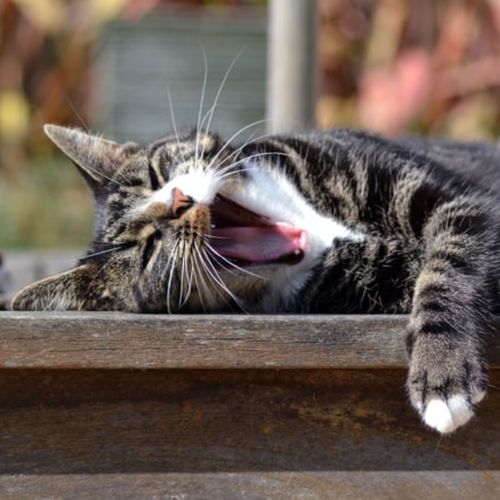Spontaneous, Involuntary and Instant : Common Reflexes and Their Uses
Jul 17, 2022 · 2 mins read
0
Share

Reflexes - our bodies completing tasks without informing our brains. These sudden, arresting movements serve a valuable role in our wellbeing. A new born baby knows to suck, we withdraw fast from extreme heat, we dodge a ball headed straight for our face, all thanks to reflexes.
Save
Share
Some reflexes are easier to explain as the direct response to stimuli. Yet the exact physiological reasons for many others remain elusive, perhaps due to lack of research. Humans have hundreds of reflexes, here we look at just few involuntary movements everybody will be aware of.
Save
Share
Yawning – Scientists believe yawns improve air flow, injecting oxygen to the brain as a stimulus in cases of boredom. It may regulate the brain temperature or be part of overall respiratory function. Spontaneous and contagious, yawning remains as mysterious as it is satisfying!
Save
Share
Sneezing – Also known as sternutation, sneezing clears the nasal passages of any debris, pollen spores or foreign particles trapped in the hairs inside the nasal cavity. Amazingly, a sneeze can travel up to 100 mph. A necessary convulsive explosion!
Save
Share
Hiccups – This involuntary contraction of the diaphragm can happen singularly or in patterns and it gets annoying fast. Constant or painful hiccups can be a sign of an underlying condition but otherwise, hiccupping may simply help release trapped air, especially during digestion.
Save
Share
Blinking – Uncontrollably and rapidly closing and reopening our eyes every few seconds keeps our sight sharp and our eyeballs moist, we blink around 120 times an hour or 20,000 times a day. Tear ducts provide the wetness and the movement washes the delicate eyeball of impurities.
Save
Share
Shivers – In response to very cold weather or extreme fear, our muscles start to to shake in small shudders, creating a layer of warm air under hair on the skin. Shivering is not just for the cold, it can also indicate fever. Babies cannot shiver until they are around 6 months!
Save
Share
Goosebumps – Similar to shivers in causation, these little bumps rise on our skin as a result of low temperature or high emotion. Raised hair follicles close our pores to retain heat. Goosebumps, aka goosepimples, also occur when we’re overcome with joy, fear or emotional pain.
Save
Share
Hippocrates considered the act of yawning as exchanging bad air for good, a theory the scientific community readily espoused. It does increase blood oxygen. But recent studies proves putting patients in low oxygen or high C02 environments does not affect the levels of yawning.
Save
Share
Yawning is contagious. Even just thinking about yawning can make you yawn. Admit it, while reading this memo you’ve considered some secondary yawn reactions like stretching your spine or raising your arms up over your head. Go ahead, yawn deeply and pump some air into your brain!
Save
Share
0




